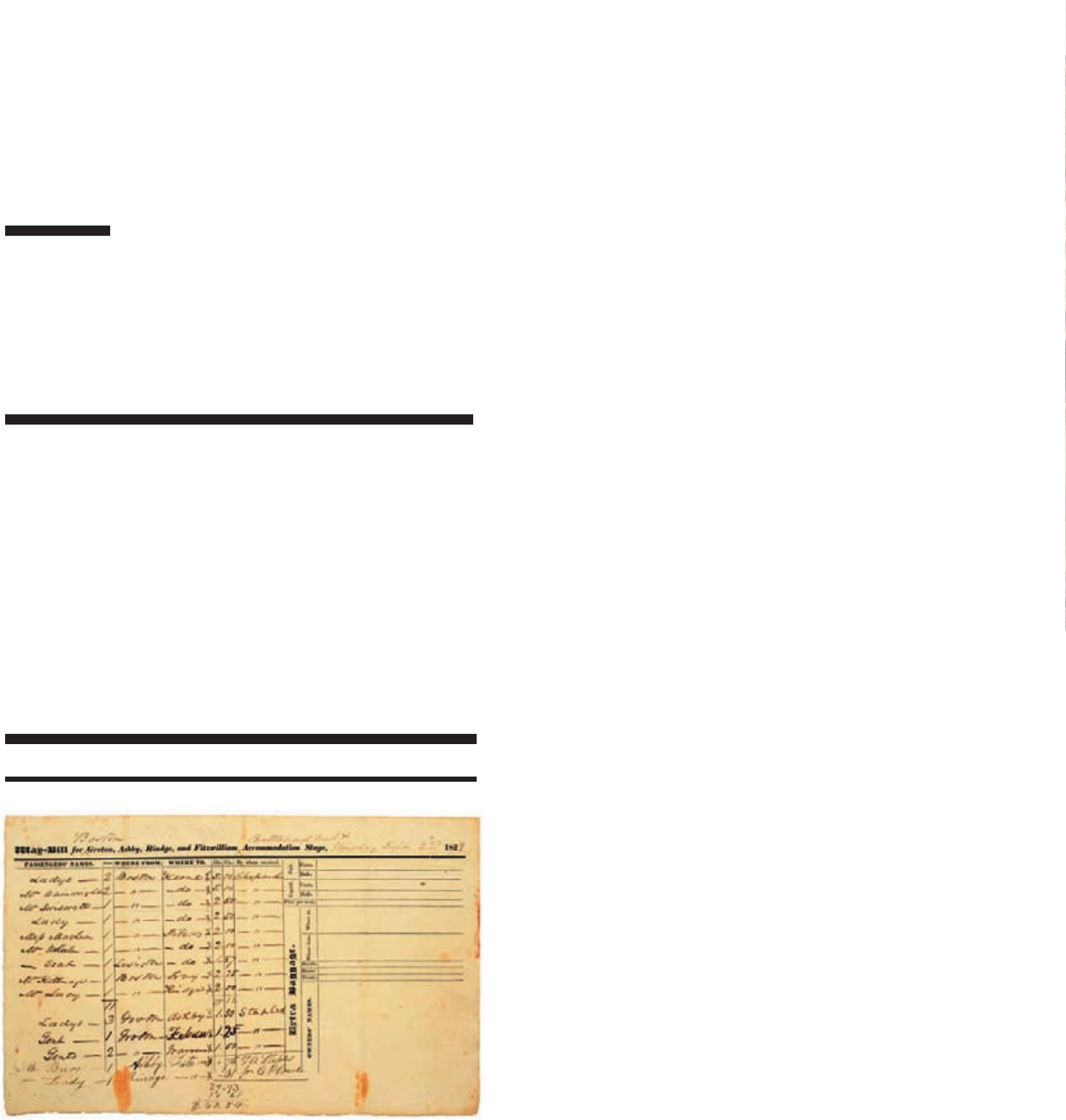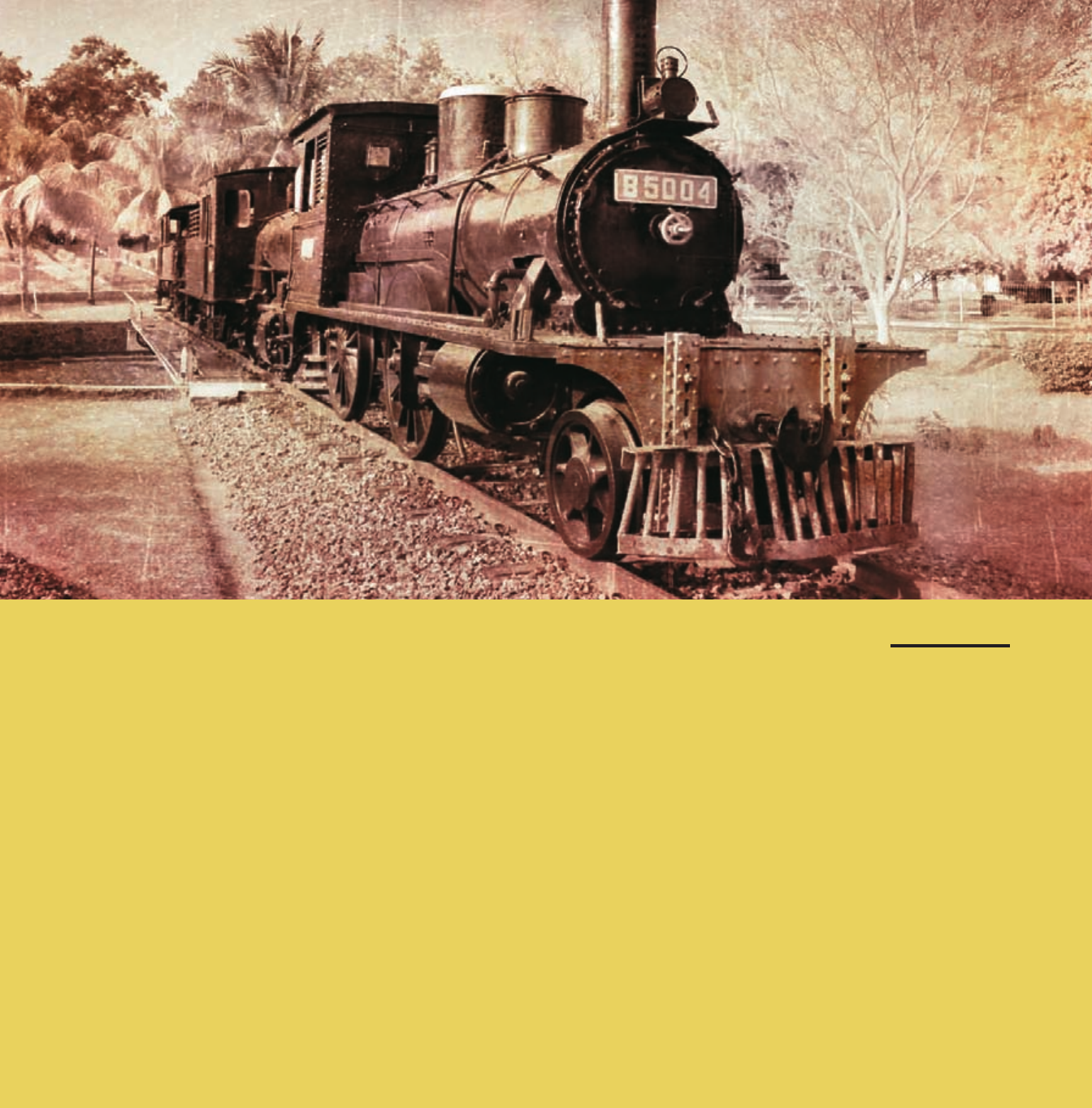
F39 Job:09-26878 Title:RP-Brand Bible
#175 Dtp:204 Page:166
(RAY)
001-320_26878.indd 166 10/7/11 10:20 AM
BRAND BIBLE
(Text)
numerous transporta-
tion brands oer to ferry us from location A to
location B. If we want to travel by air on a low-
cost carrier, we can choose from JetBlue, South-
west, or Frontier Airlines. Car brands range from
Mercedes-Benz to Hyundai, Honda, Toyota, and
Tesla. Motorcycles run the gamut, too: Harley-
Davidson, BMW, and Ducati promise us exhila-
ration through a particular lens of pop culture
and mechanical engineering. If we want to take a
weekend jaunt from New York to Boston, let’s say,
we can opt for BoltBus, Peter Pan, or Fung Wah.
Each brand, of course, oers its own particular
experience and a unique strategy of appealing to
our individual sensibilities. JetBlue has all those
televisions, a reputation for eciency, unique
snacks, and a warm and fuzzy hospitality. Harley-
Davidson oers entrée into an outsider culture.
BoltBus has WiFi and brand-spanking new buses,
while Fung Wah is unbelievably cheap. Toyota
developed a reputation for environmental innova-
tion until its production debacle of 2010 tarnished
the company. Ford has gone from brink-of-bank-
ruptcy irrelevance to hip, contemporary, and eco-
advocate with its Fusion.
1
the evoLution
of Branding
f o r
transportation
ride me
1 2
Photo credit: Kenneth V. Pilon / Shutterstock.com
Photo credit: Kenneth V. Pilon/Shutterstock.com
F39 Job:09-26878 Title:RP-Brand Bible
#175 Dtp:204 Page:166
(RAY)
001-320_26878.indd 166
10/7/11 10:08 AM

(RAY)
F39 Job:09-26878 Title:RP-Brand Bible
10-C65031 #175 Dtp:204 Page:167
001-297_C65031.indd 167 10/24/11 7:13 PM
167
(Text)
In the early history of the United States, the
options for transportation were nowhere near as
multifarious. Visitors and emigrants made the
transatlantic journey to the country on ships. In
1818, the Black Ball Line established its “brand
dierentiation” from other transatlantic service
when it introduced regular times for departure
from the ports of Liverpool and New York. The
line even had a brand mark—a “black ball” painted
on one of its front sails. The company’s success
led to the ascension of the port of New York above
other ports like Boston and Philadelphia, and it
also inspired the competition and imitators. In
later years—before trademark protection had
been introduced—another shipping line copied the
brand mark.
Ride Me: The Evolution of Branding for Transportation
Once in the United States, travelers relied on
wagon, carriage, canal, riverboat, and horses for
journeys of varying lengths. The Baltimore and
Ohio Railroad, which debuted in 1830, oered
the rst passenger train service with a train that
was initially pulled along tracks by horses. Steam
locomotion debuted later that same year, and the
spread of railroads improved transportation for
goods as well as passengers alike. As the railways
evolved and enterprising inventers saw opportu-
nities for innovation, more distinctions emerged.
George Pullman established the rst recognizable
brand of train car; his Pullman car oered travel-
ers comfortable sleeping berths for long journeys,
A bill of travel from
1829 recorded infor-
mation about travelers
Railroads were the
dominant form of
transportation in the
U.S. from the 1830s
until the 1920s.
Photo credit: Kenneth V. Pilon/Shutterstock.com
F39 Job:09-26878 Title:RP-Brand Bible
#175 Dtp:204 Page:167
(RAY)
001-320_26878.indd 167
10/7/11 10:08 AM
Get Brand Bible now with the O’Reilly learning platform.
O’Reilly members experience books, live events, courses curated by job role, and more from O’Reilly and nearly 200 top publishers.

